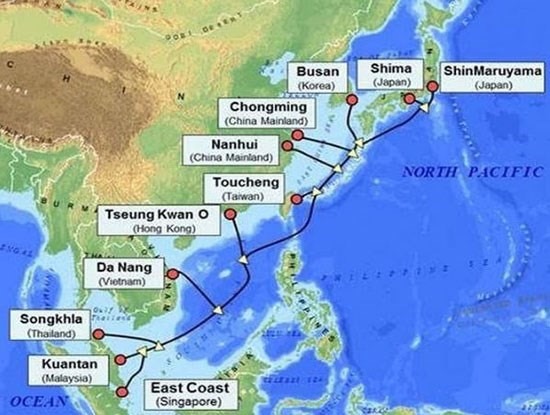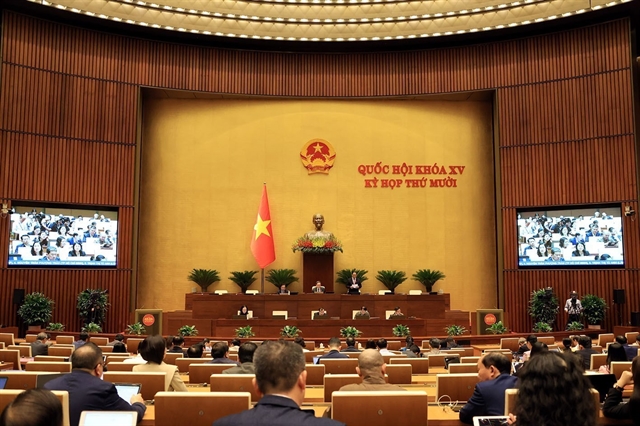 Society
Society

The Asia-Pacific Gateway (APG) submarine cable has encountered problems on Tuesday, an internet service provider (ISP) said
 |
| APG is the submarine cable with the largest traffic operating in the Asian region. — Photo CMC Telecom |
HÀ NỘI — The Asia-Pacific Gateway (APG) submarine cable has encountered problems on Tuesday, an internet service provider (ISP) said.
The location of the disruption is reported to be 125 kilometres from Hong Kong, affecting traffic connecting the international internet from Việt
A representative of military telecom group Viettel told online newspaper VietnamPlus that its users could use service even during peak-demand times as the portion of the APG that stretches from Việt
The troubleshooting timeline has not been determined.
As soon as the problem was discovered, local Internet service providers routed international traffic to backup and neighboring cables such as Asia-Africa-Europe 1 (AAE-1), Southeast Asia-Middle East-Western Europe 3 (SMW-3) and China-Southeast Asia Terrain Cable System (CSC) to compensate for reduced traffic.
In Việt
APG is the submarine cable with the largest traffic operating in Asian region. The APG boasts a capacity of 54 Tbps. With a total length of approximately 10,400km, the cable line connects mainland
This is the third time this year that the cables connecting Việt
On January 5, APG announced it would move from its current position to another place because of the
Meanwhile, the AAG submarine cable system was also reconfigured between January 6 and January 9.
Those two occasions are considered proactive disconnection, not incidents. — VNS




